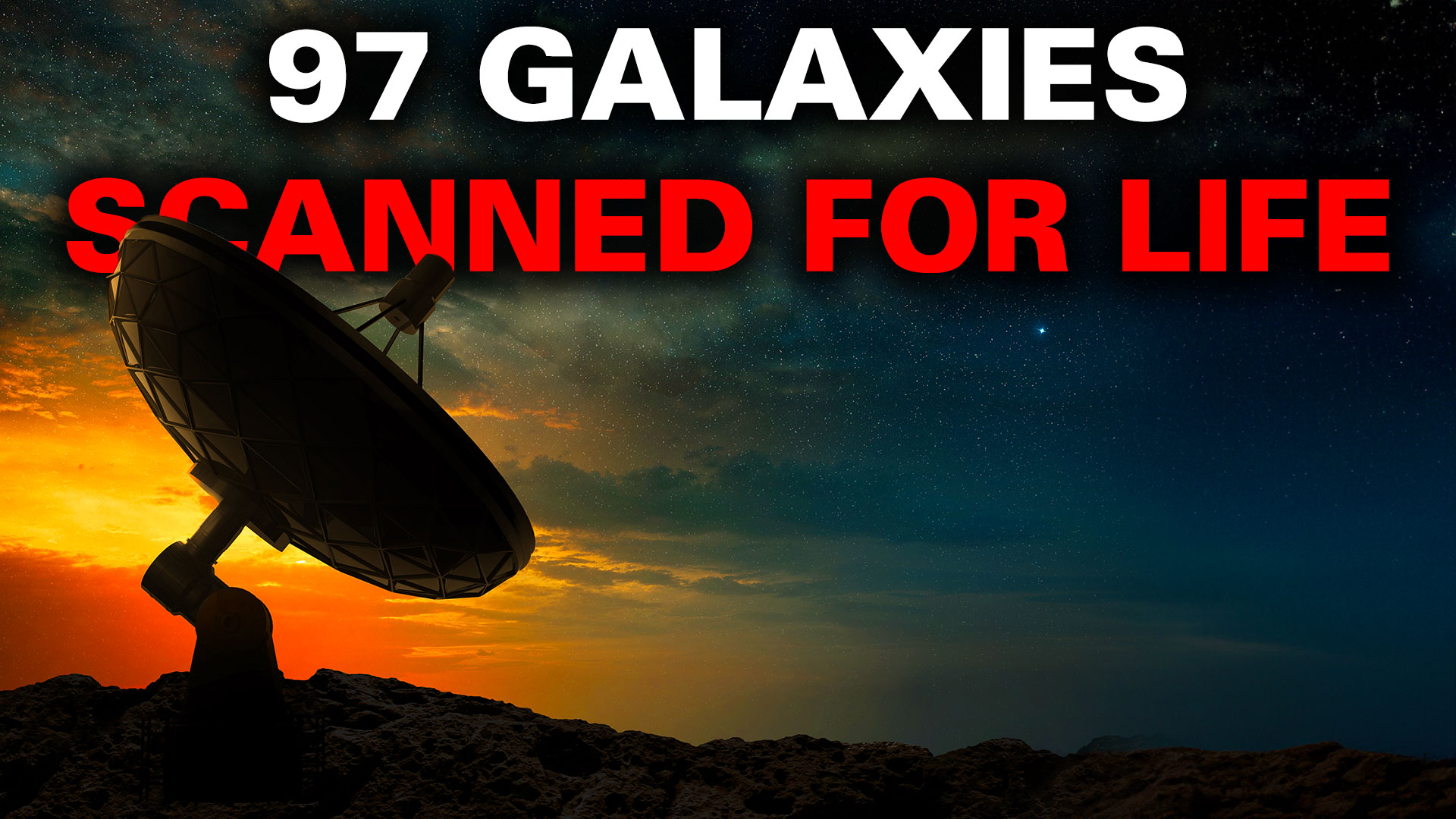Dark matter is a mysterious and captivating subject. It’s a strange concept and we don’t really have a handle on what it actually is. One of the strongest pieces of evidence that dark matter is a particle comes from cosmic collisions. These collisions chiefly occur when clusters of galaxies interact such as the famous Bullet Cluster. Gravitational lensing reveals how the dark matter component couples from gas and dust in the cluster but now, astronomers have found another galaxy cluster collision but it is different, showing the collision from a new angle.
Continue reading “Giant Collision Decouples Dark Matter from Regular Matter”Giant Collision Decouples Dark Matter from Regular Matter



